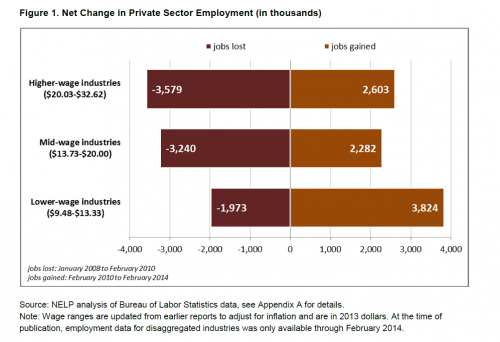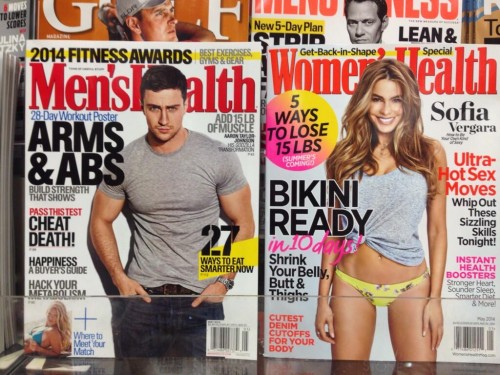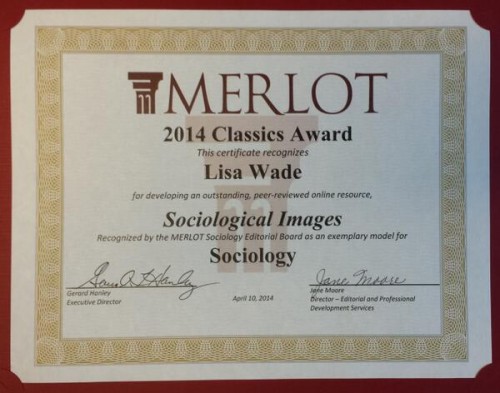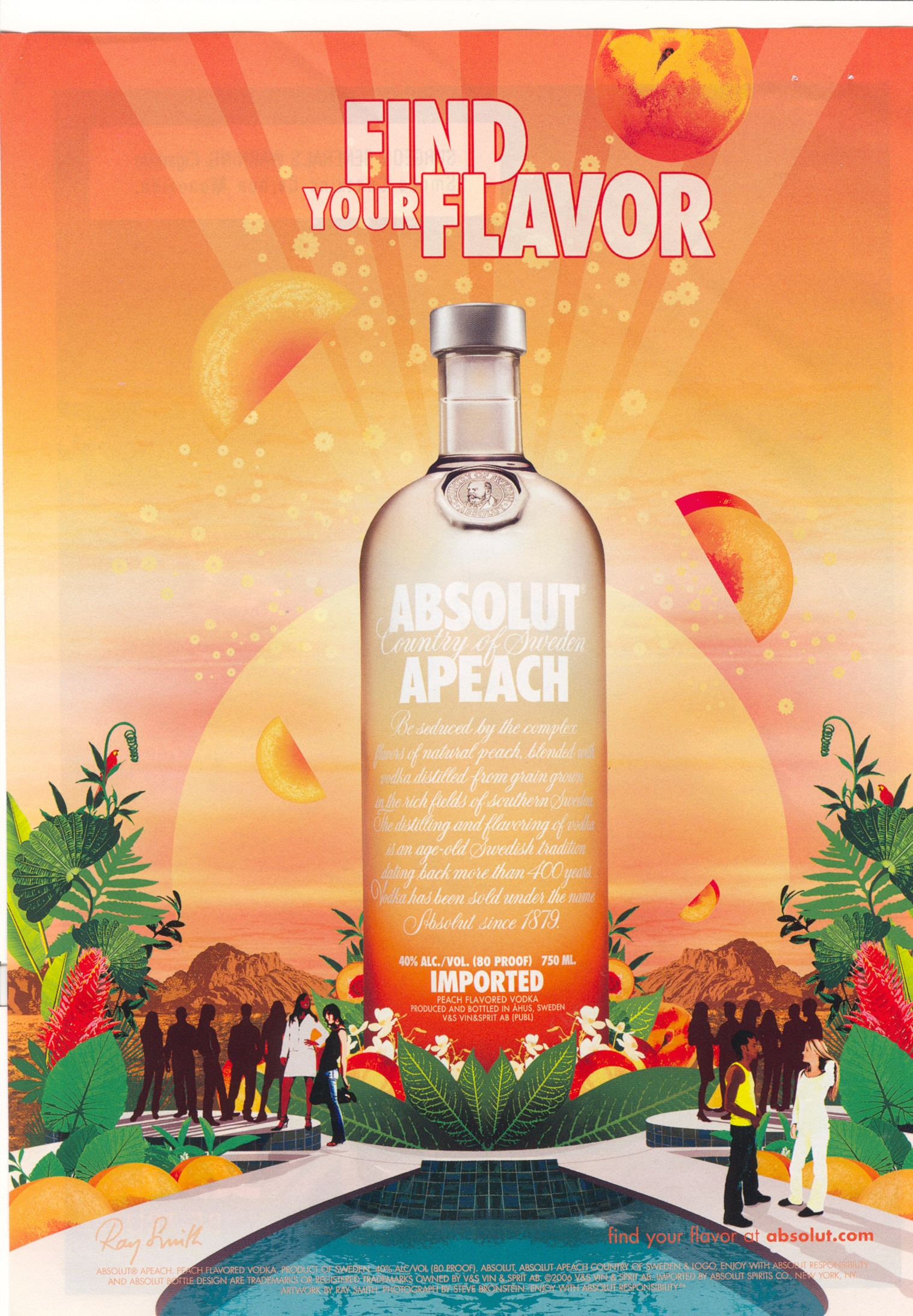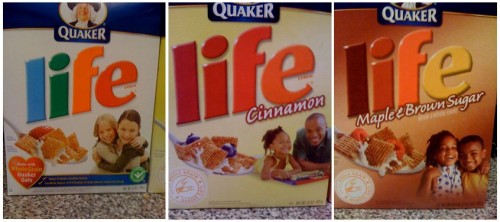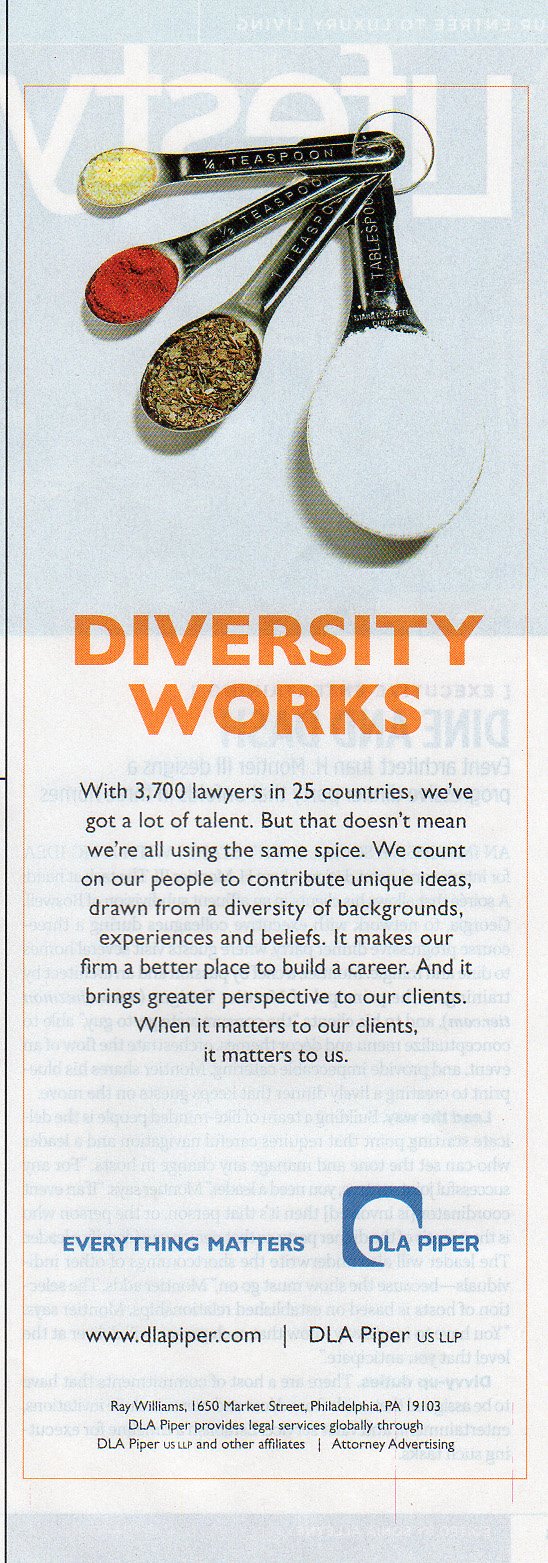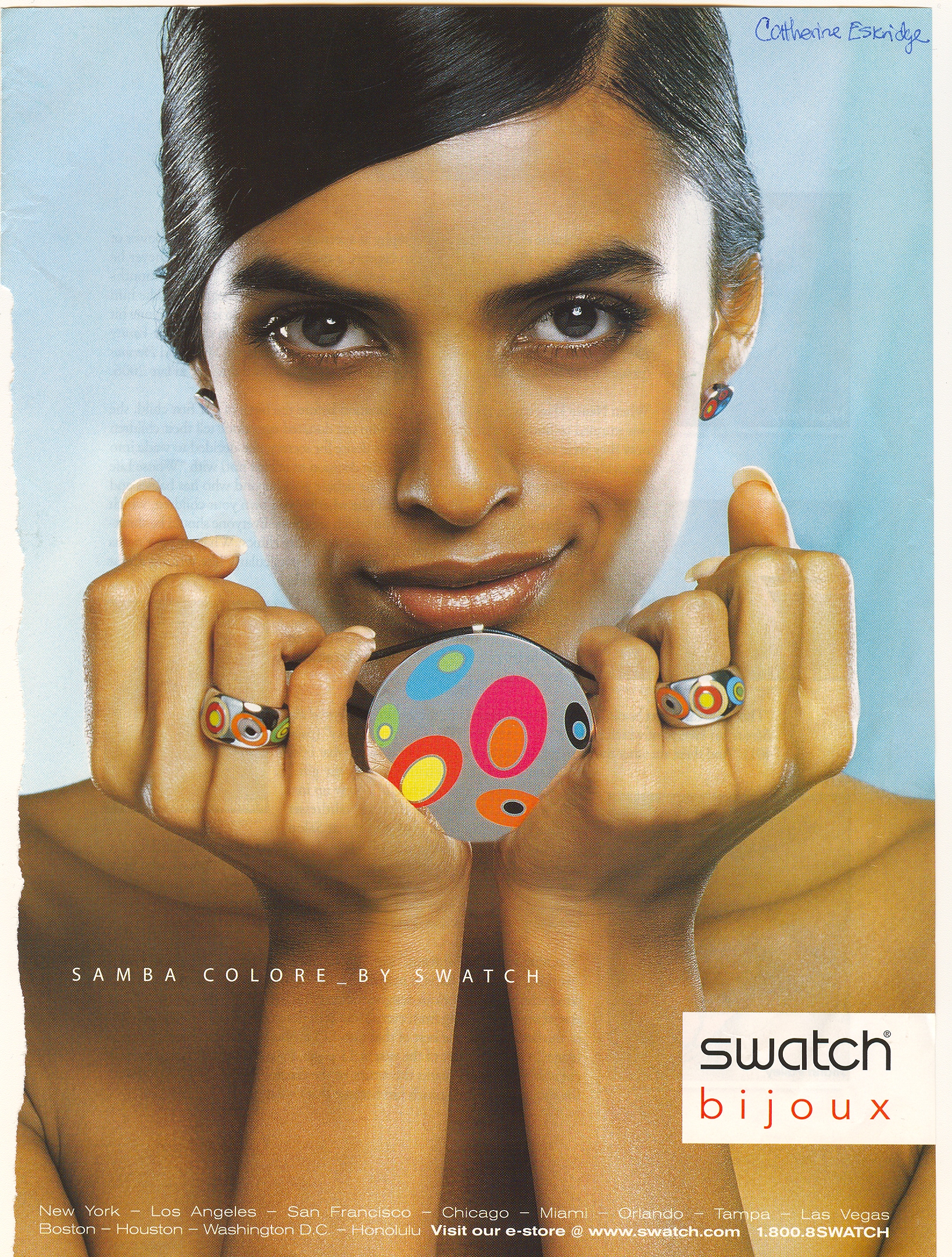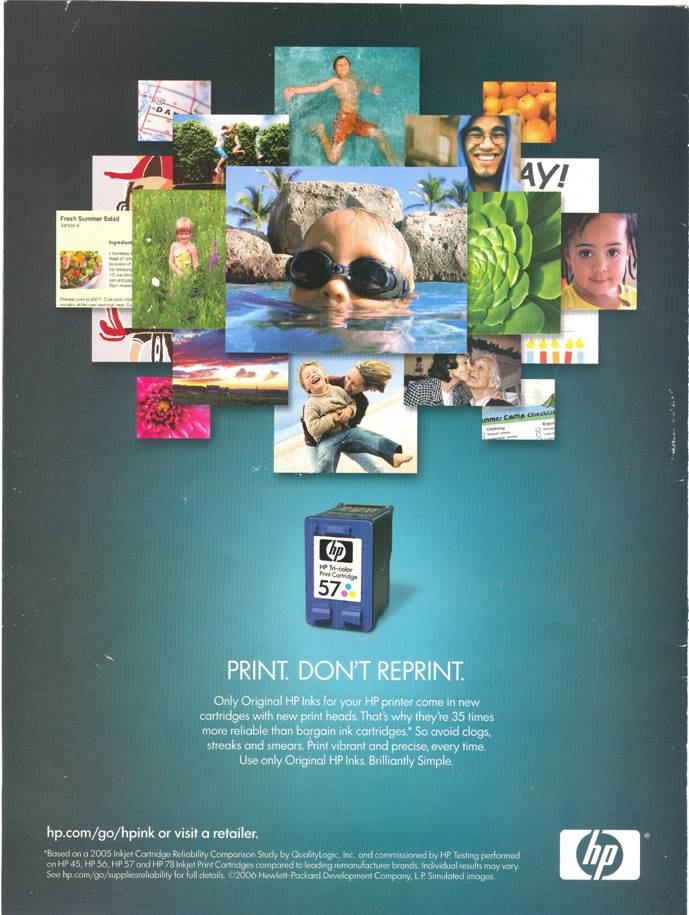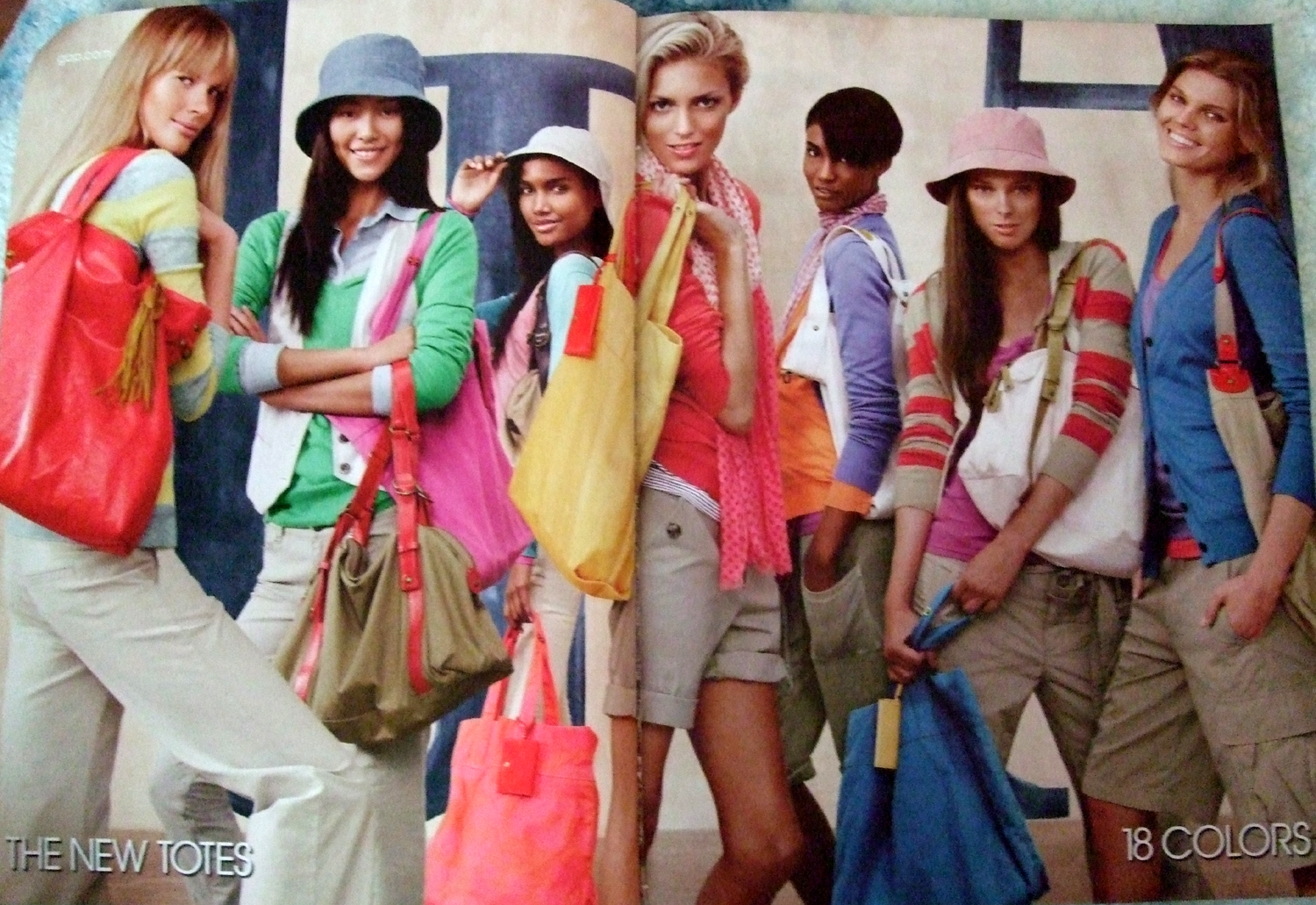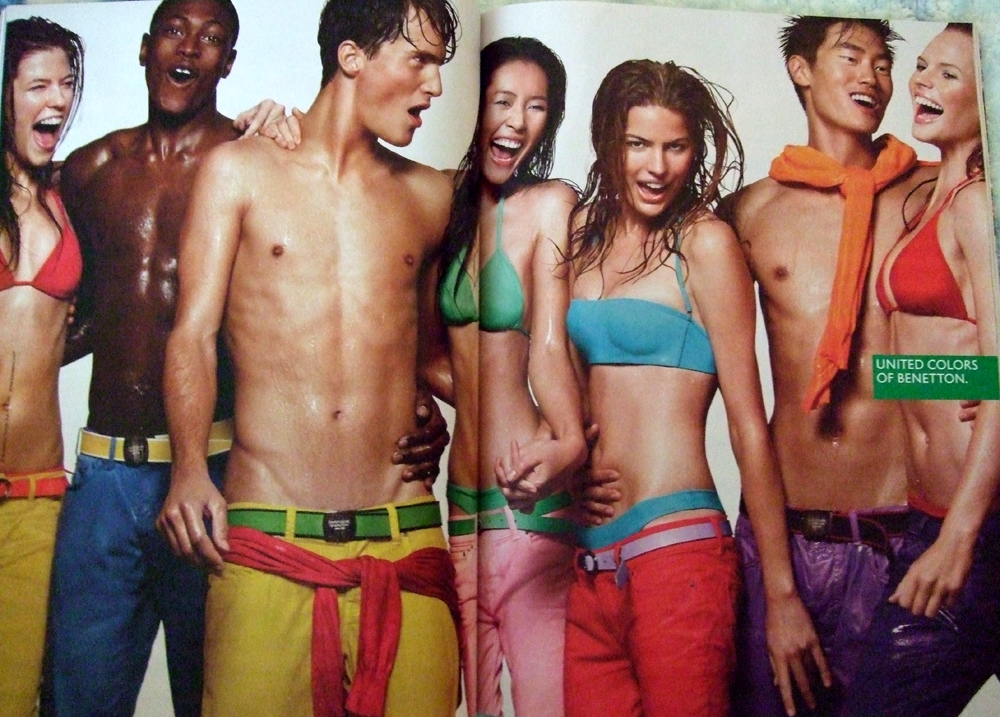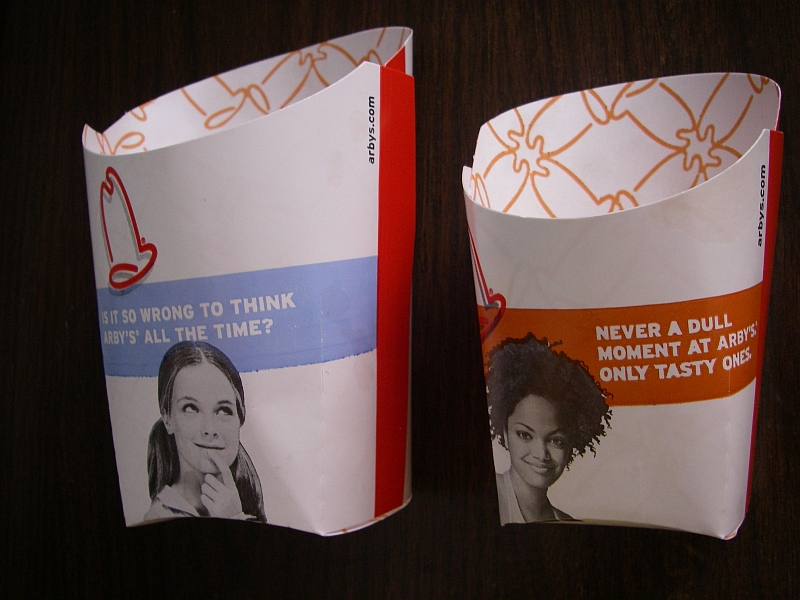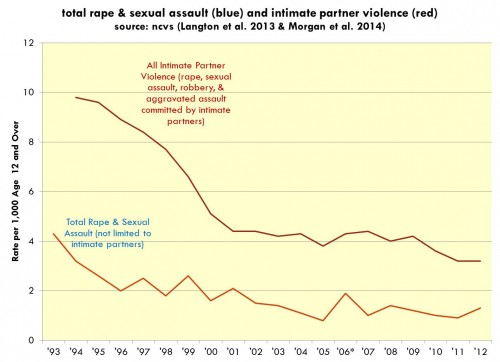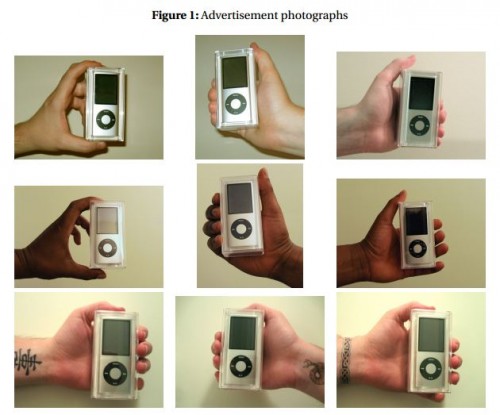Flashback Friday.
In Hearts of Men, Barbara Ehrenreich talks about the launching of Playboy in 1953 and how it forever changed how we thought about single men.
At that time, a man who stayed single was suspected of homosexuality. The idea of being an unmarried heterosexual adult of sound mind and body was totally foreign. Hugh Hefner changed all of that by inventing a whole new kind of man, the playboy. The playboy stayed single (so as to have lots of ladies), kept his money for himself and his indulgences (booze and ladies), and re-purposed the domestic sphere (enter the snazzy bachelor pad full of booze and ladies).
With this in mind, check out an attempt to attract advertising dollars from a 1969 issue (found at Vintage Ads). It nicely demonstrates Playboy‘s marketing of a new kind of man, one who lives a free and adventurous life that is unburdened by a boring, dead-end job needed to support a wife and kids.
Text:
What sort of man reads Playboy? He’s an entertaining young guy happily living the good life. And loving every adventurous minute of it. One recipe for his upbeat life style? Fun friends and fine potables. Facts. PLAYBOY is read by one of out every three men under 50 who drink alcoholic beverages. Small wonder beverage advertisers invest more dollars in PLAYBOY issue per issue than they do in any other magazine. Need your spirit lifted? This must be the place.
Today, we commonly come across the idea that men are naturally averse to being tied down, but Hefner’s project reveals that this was an idea that was invented quite recently and promulgated for profit.
This post originally appeared in 2008.
Lisa Wade, PhD is an Associate Professor at Tulane University. She is the author of American Hookup, a book about college sexual culture; a textbook about gender; and a forthcoming introductory text: Terrible Magnificent Sociology. You can follow her on Twitter and Instagram.

